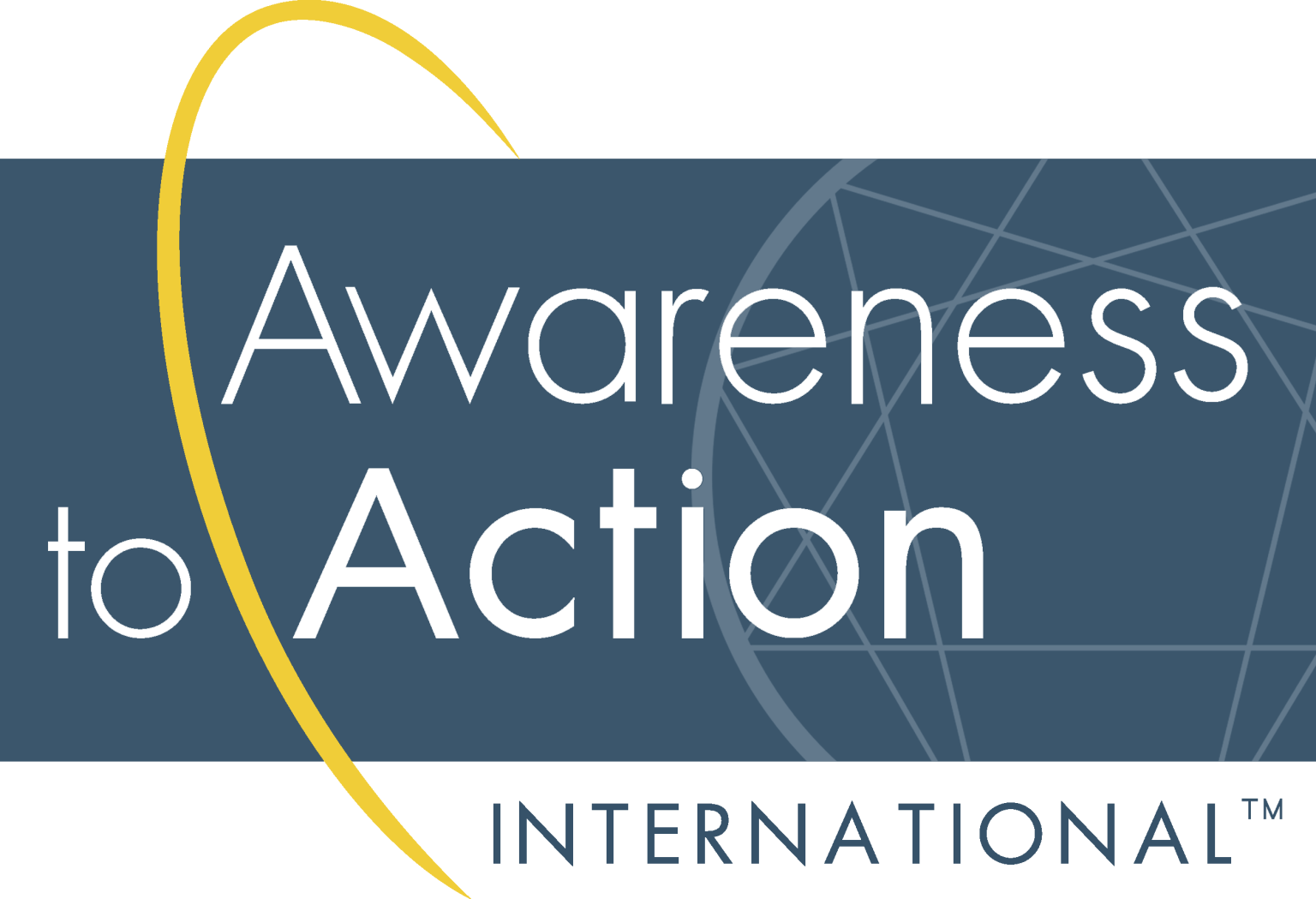(This is an ongoing series of responses to questions about the subtypes and instincts.)
Why do you call it a “Preserving” domain rather than “self-preservation”?
First, a word about terminology: it is sometimes an imprecise art and often involves trade-offs. A term that captures comprehensiveness can lead to a lack of specificity, and vice versa. The nature of evolution–the root of the instincts–makes it even more of a challenge.
When it comes to choosing terms about the instincts, which are heritable, non-conscious behavioral impulses shaped over millions of years of evolution, we must distinguish between ultimate and proximate outcomes. Much of the Enneagram literature talks about three distinct instincts that are sometimes thought of as an end goal of the organism. There are a couple of problems with this scenario: the first is that we don’t just have only three instincts, we have many instincts but they seem to fall into three broad domains (I call our nonconscious preference for one of these domains an instinctual bias); the second problem is that the only ultimate outcome that evolution really “cares” about is reproduction. Even survival is secondary; from a biological perspective we only need survive long enough to reproduce and ensure the viability of our offspring. Beyond that, Mother Nature’s scheme has little place for us and our “survival” becomes unimportant to her.
If we were to focus on the ultimate end of the instinctual biases when it comes to naming them, we would have to call them all “reproduction” because all three instinct domains ultimately serve to increase the chances of propagation. This would not be useful, however, and those who are familiar with the idea that there are three different kinds of people when it comes to the instincts can’t help but notice distinct and identifiable differences that correspond to the three traditional subtype classifications. In order to give the instinct domains useful names and group our many instincts in a coherent way, we must identify the appropriate degree of proximity to focus on. When naming the instinctual biases that form the subtypes of the nine Ennea-types, we have to make sure that they capture a broad enough perspective on our instinctive behaviors to tell the story that needs to be told, but not be so broad that the name is no longer useful.
Let’s look at the instinctual craving to eat sweets as an illustration. On the continuum of proximity, it serves a number of functions: it helps me satisfy my immediate hunger (the most proximate or immediate result); it helps me be healthy by encouraging me to eat fruit, which helps me survive and, ultimately, increases the chance that I will produce viable offspring and nurture their growth to the point of independence. Relatively early along the proximity continuum we see the connection to preservation of the self, so it make sense to group this with other instincts that have to do with self-preservation.
Some time ago I started noticing behavioral patterns that were common to so-called “self-pres” subtypes that didn’t seem to be discussed in the literature and that didn’t obviously seem to have to do with preserving the “self.” While no single behavior or characteristic is shared by everyone of any Ennea-type or subtype, the various definitions of the transitive verb “preserving” all seemed to to be active in people who are identified as “self-pres” subtypes:
1: to keep safe from injury, harm, or destruction: protect
2a: to keep alive, intact, or free from decay; b: maintain
3: to keep or save from decomposition
4: to keep up and reserve for personal or special use
(Merriam Webster Online at http://www.m-w.com)
Specifically, there was a tendency among these folks to hold on to things–possessions, traditions, memories, artifacts–that had comforting and reassuring value. Because these things were not proximally about “self” preservation, I dropped the “self” and took to calling them “Preservers.” I wasn’t sure why Preservers would preserve things that seemed unrelated to their own survival–what underlying theme united these behaviors with the more commonly identified “self-pres” behaviors–but the pattern was there. Explanatory theories are great, and nice to have when possible, but I’m generally more concerned about the what than I am the why so I didn’t worry too much about why Preservers preserve things.
A recent article in the New York Times by John Tierney called “What is Nostalgia Good For? Quite a Bit, Research Shows,” helped me understand this connection a little bit better, however. Discussing the tendency toward nostalgia (which, while universal in humans is more prominent in some than in others), one researcher says:
If you can recruit a memory to maintain physiological comfort, at least subjectively, that could be an amazing and complex adaptation… It could contribute to survival by making you look for food and shelter that much longer.
The instinctual desire to hold onto things that evoke warm and comforting memories is an early step on the proximity continuum that increases the likelihood that we will preserve ourselves, that we will preserve the things that will increase the chances that we will have things to pass on to our offspring, and that we will more likely produce successful offspring; evolution’s ultimate end game.
(As an aside, I also liked the idea of referring to these groups using verbs rather than adjectives; instincts are automated actions that don’t involve thought–they are about what we do, rather than why we do it. Thus I refer to this subtype as “Preserving Ones,” “Preserving Twos,” etc., but when talking about people of all nine preserving subtypes, I will refer to them as “Preservers.” In short, Preservers preserve; Navigators navigate; Transmitters transmit. The nine strategies at the heart of the Ennea-types determine how we each go about doing our instinctive behaviors. Preserving Ones preserve through a strategy of striving to be perfect, but Preserving Twos preserve through a strategy of striving to be connected.)






